This is the 16th in a series of posts on the Hasselblad X2D 100C camera and the XCD lenses. You will be able to find all the posts in this series by looking at the righthand column on this page and finding the Category “X2D”.
In this post, I looked at the dynamics of the mechanical shutter in the XCD 38 at high shutter speeds. It occurred to me that at 1/2000 second, the shutter might function to apodize the behavior of the lens, so the we got nice radial rolloffs towards the edges of the point spread function. I aimed the lens at a distant LED flashlight, set it wide open, focused it as close as it coulg go, and made some images at various shutter speeds.
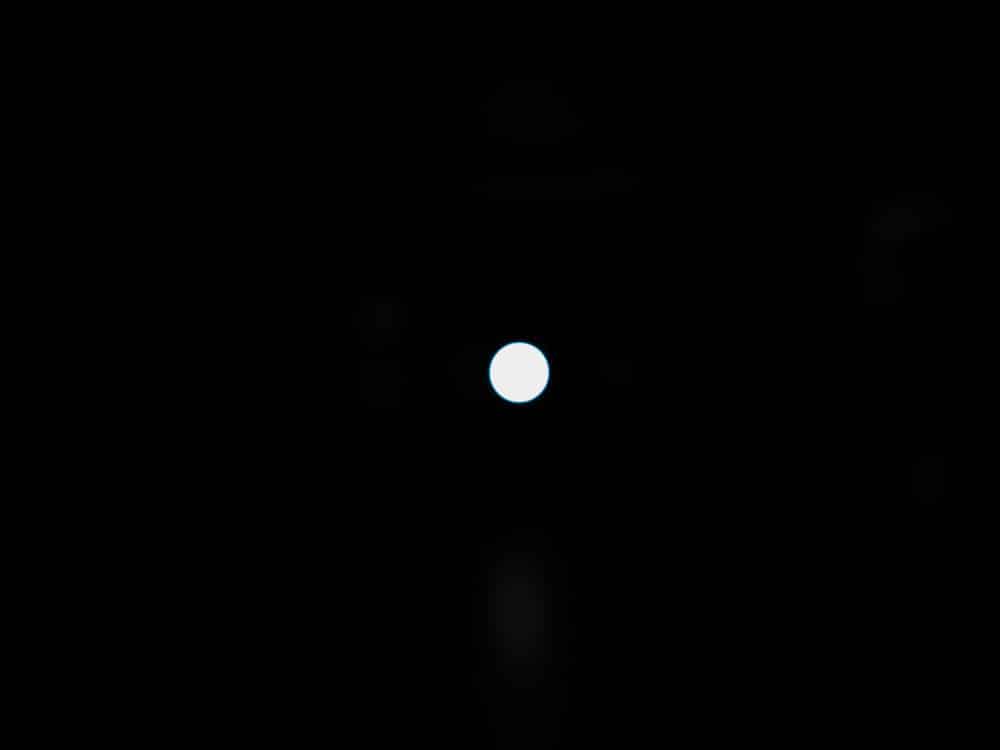
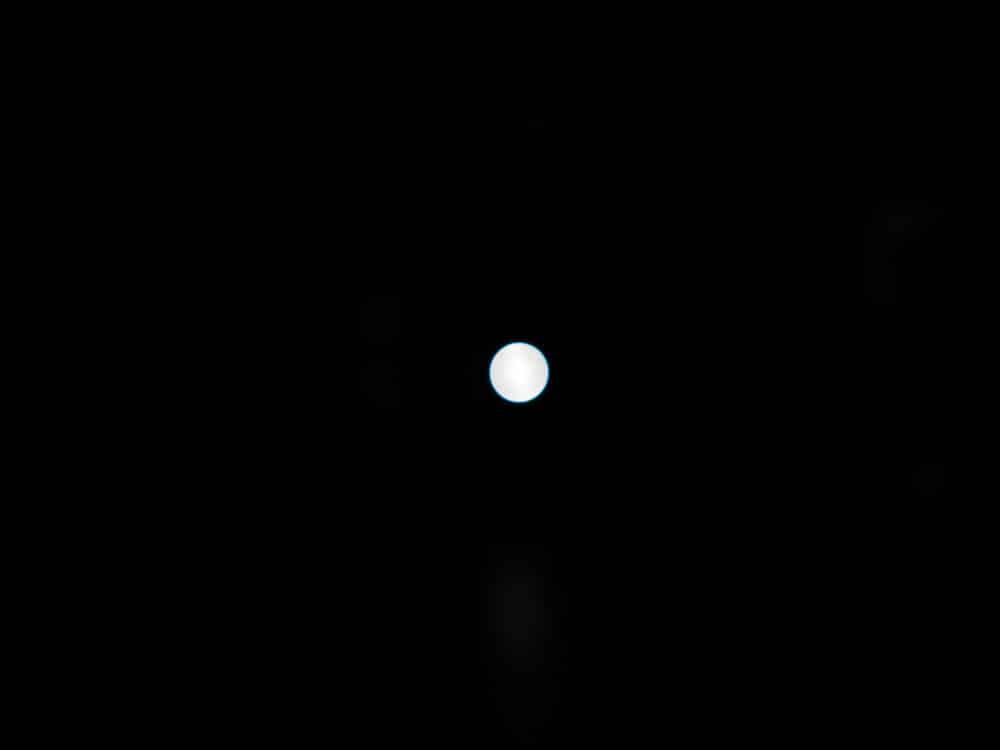
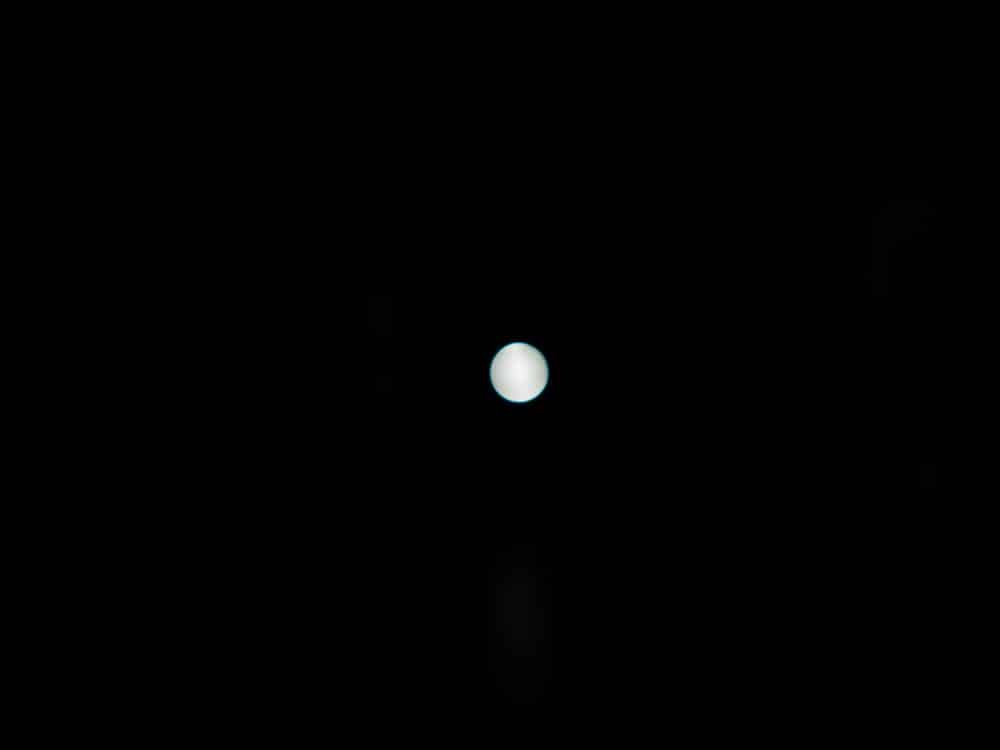
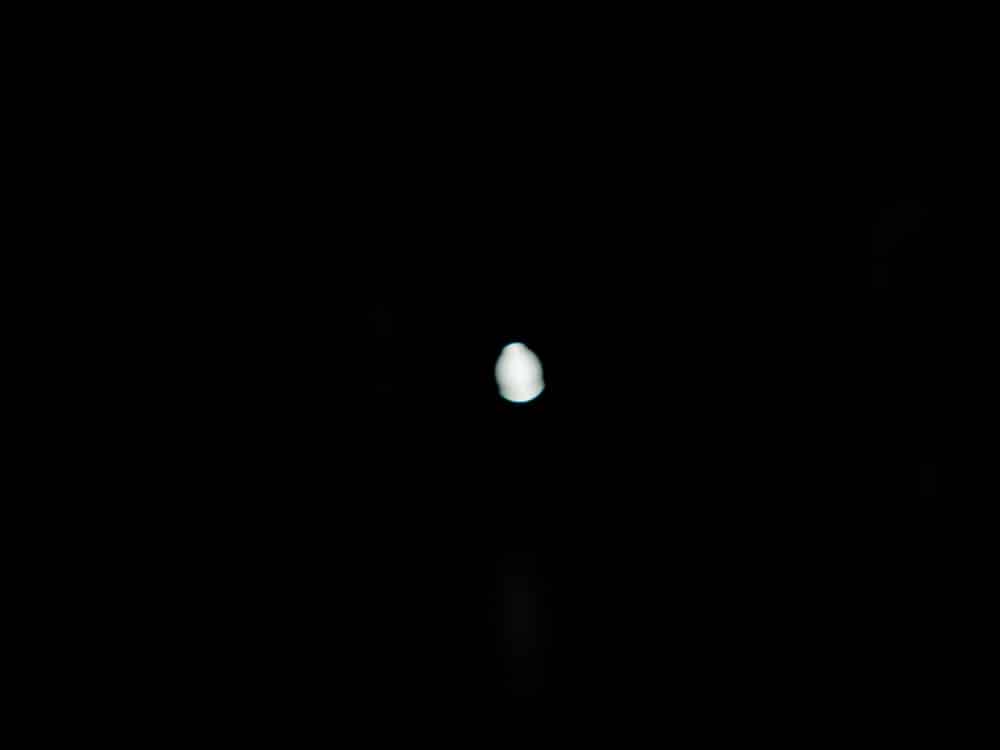
Let’s look at some crops.
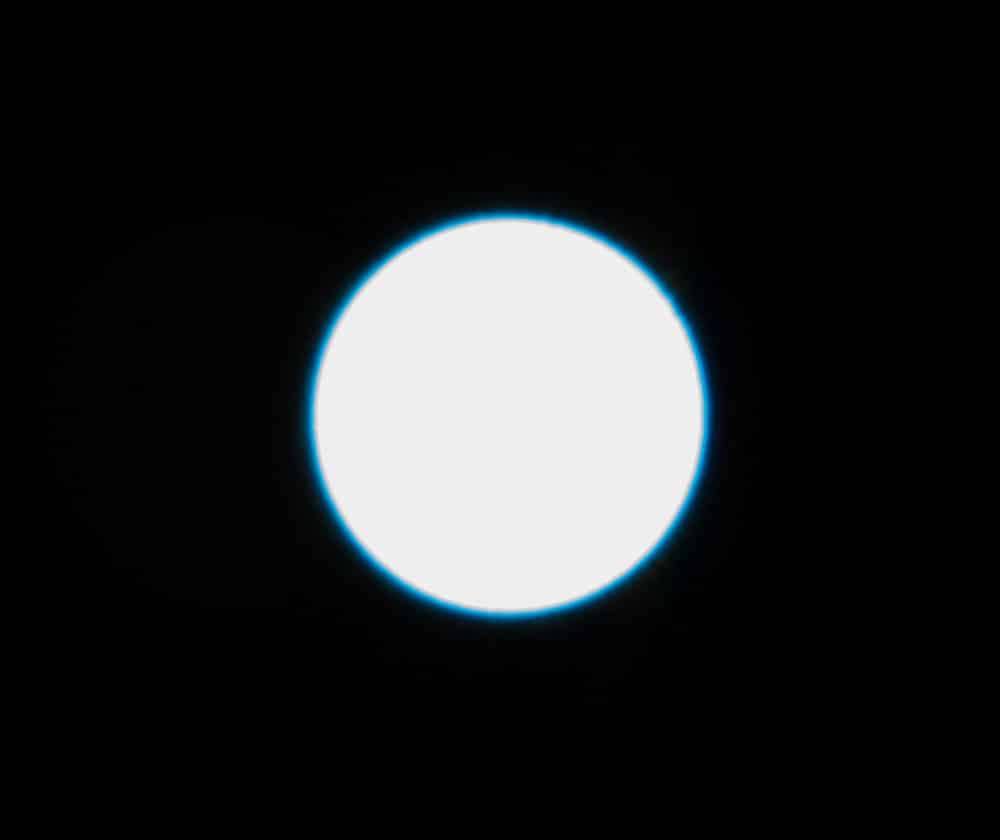
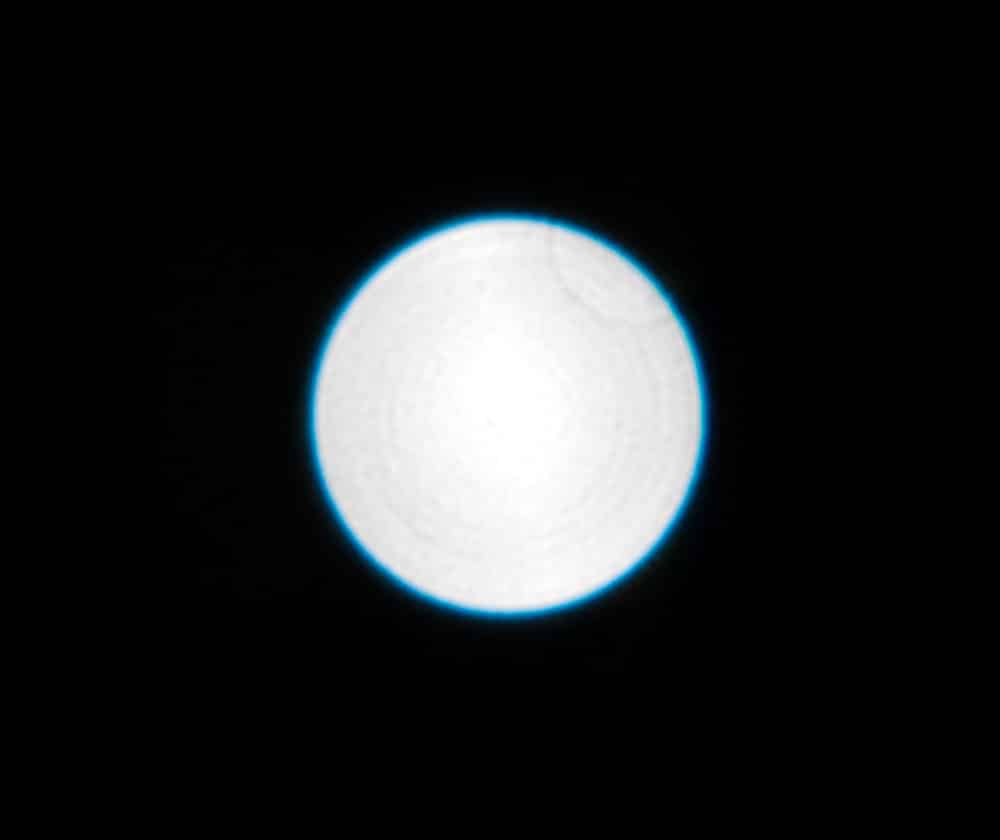
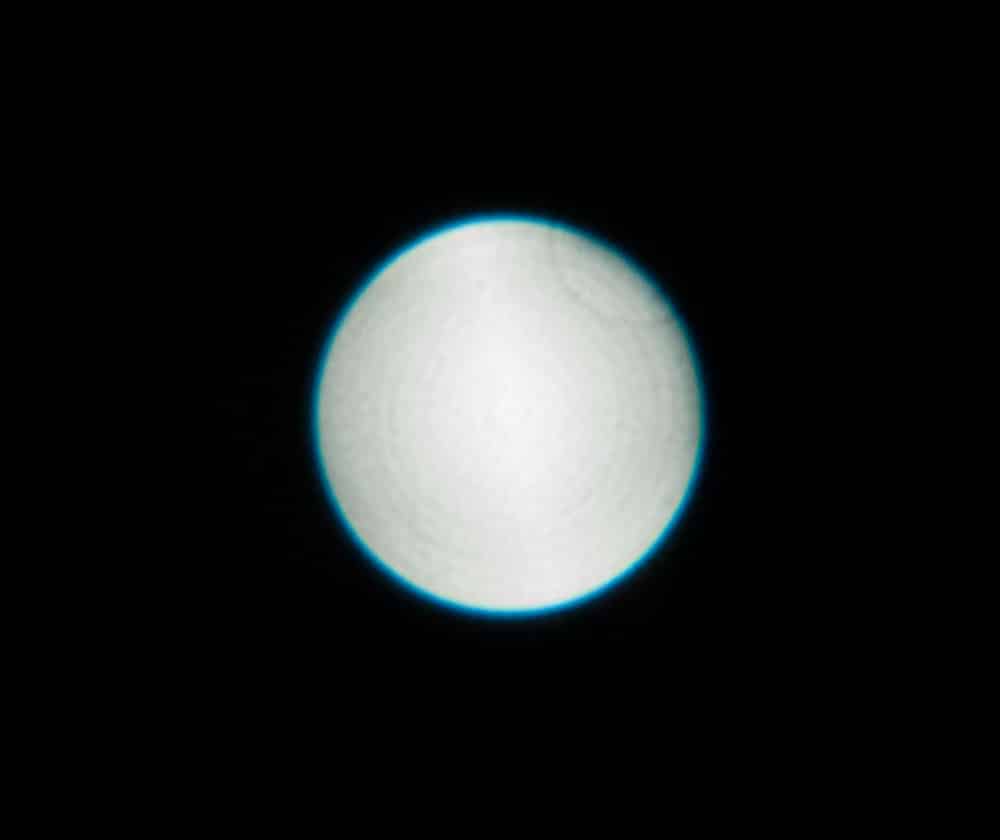
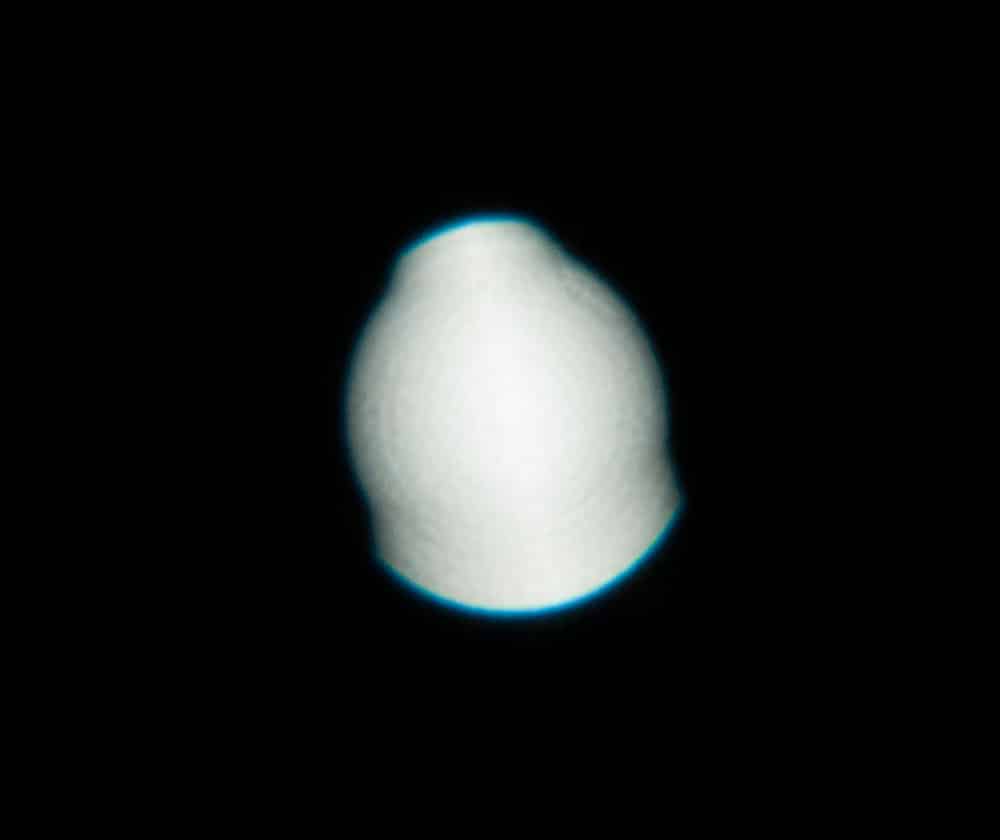
Looking at the 1/2000 image, we can see two components: a nicely apodized section from the way the shutter closes, and a larger blue-rimmed section from the way the shutter opens.
Oh, well. It was worth a try.
Leave a Reply